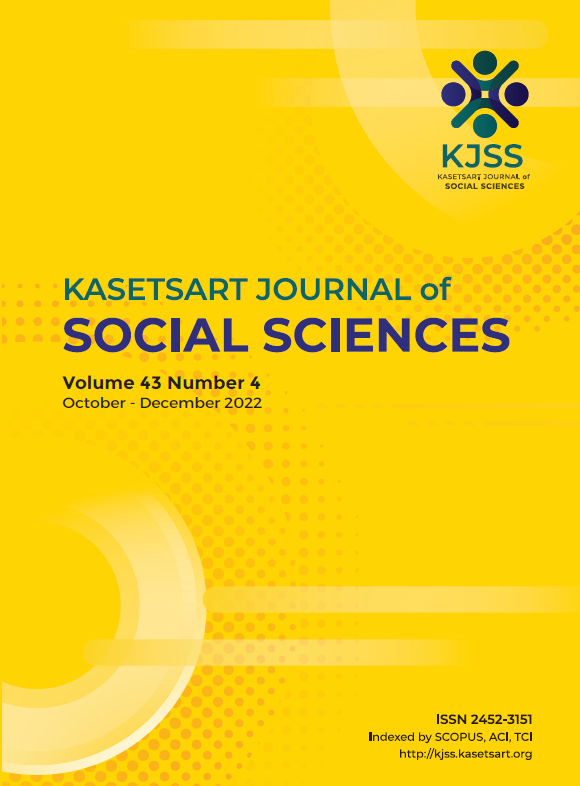Causal relationship model for maintaining exercise behavior among Thai university staff: Integration of transtheoretical model and self-determination theory
Keywords:
health promotion, exercise behavior maintenance, self-determination theory, structural equation modeling, transtheoretical model*Abstract
The transtheoretical model (TTM) and self-determination theory (SDT) are behavior modification tools that have been widely used in psychology, sports, social sciences and health promotion. However, these tools have never been integrated in the study of exercise behavior maintenance (MEB) among Thai population. The aim of this study was to integrate theoretical constructs from TTM and SDT in the prediction of physical exercise behavior of university staff in central Thailand. Four universities (2 private and 2 public) were sampled for this study. Staff (n = 460) within these universities participated by willful volition. Their current exercise behaviors were unraveled via psychological approach using questionnaires. Information from these questionnaires were used as input to construct a structural equation model for predicting barriers to exercise behavior maintenance (MEB). Model data analyzed using bivariate correlation provided a good fit (χ2 = 110.07, p = .190, df = 98, GFI = 1, CFI = 1, RMSEA = 0.016, AIC = 106.07) and explained 73 percent of the variation in MEB. All constructs of TTM had indirect effect on MEB except stage of change (SOC) (correlation = .94). All structural pathways were also significant and positive except for SDT, which had a weak negative correlation (-.11) with MEB. The findings showed that SOC and SDT can be used coherently in designing suitable exercises to meet the needs of the university staff while maintaining a balance with work life.
Downloads
Published
How to Cite
Issue
Section
License

This work is licensed under a Creative Commons Attribution-NonCommercial-NoDerivatives 4.0 International License.
This is an open access article under the CC BY-NC-ND license http://creativecommons.org/licenses/by-nc-nd/4.0/










